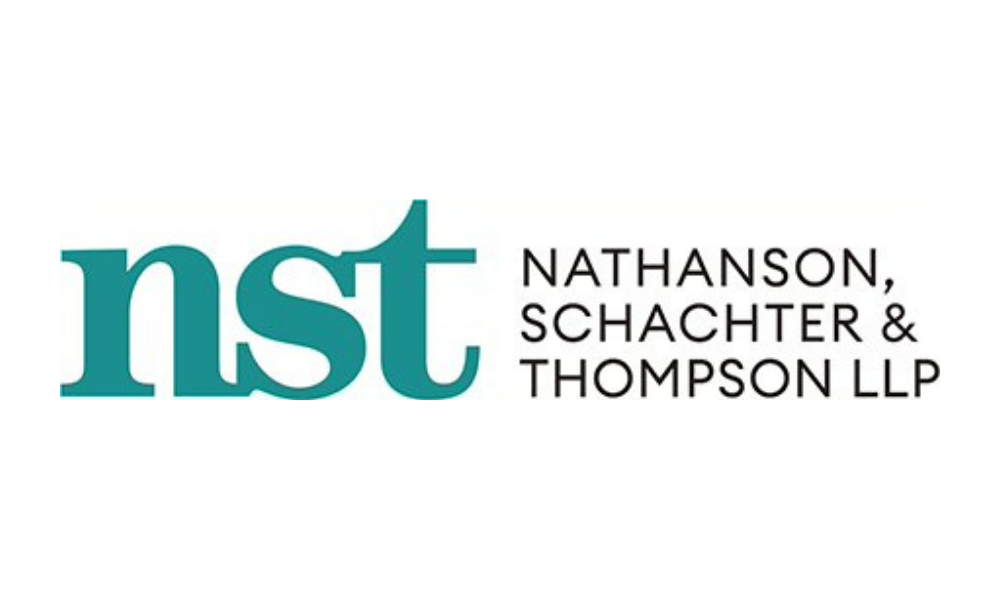On August 10, 2022, the B.C. Supreme Court granted a First Nation’s application for leave to intervene on a statutory appeal between two private parties under British Columbia’s Mineral Tenure Act, R.S.B.C. 1996, c. 292 (reasons indexed as Skeena Resources Ltd. v. Mill, 2022 BCSC 1360). This recent judgment both confirms the existing narrow test for “direct interest” intervener status and underscores the importance, in leave applications generally, of clarity under the “public interest” test for intervention.
The underlying dispute
In February 2022, the Chief Gold Commissioner for British Columbia rendered his decision (unreported) on a dispute between two parties — Richard Mill, on the one hand, and Skeena Resources Ltd., on the other — concerning the rights to certain waste rock and mine tailings from the former operations of Prime Resources and Barrick Gold at the Eskay Creek Mine in northern British Columbia. In summarizing the dispute before him, the Chief Gold Commissioner outlined the parties’ positions as follows:
Skeena is the recorded holder of mineral titles on which the Eskay Creek Mine is located. Minerals were produced from the Eskay Creek Mine from 1994 to 2008. Waste rock and tailings as by-products of this mineral production were deposited in Albino Lake during this time. Albino Lake is located near the Eskay Creek Mine. A lease under the Land Act was issued in 1994 over Albino Lake to the owner of the Eskay Creek Mine, for the purpose of using Crown land to dispose of the waste rock and tailings. This lease over Albino Lake is located on Mr. Mill's mineral claim. Mr. Mill says that the waste rock and tailings are minerals, and he has the exclusive right to them as they are located on his mineral claim number 1051761. Skeena disputes Mr. Mill's assertion and says that the waste rock and tailings are owned by Skeena.
Following the Chief Gold Commissioner’s decision finding that the waste rock and mine tailings in issue belonged exclusively to Mr. Mill as the recorded holder of mineral title over Albino Lake, Skeena appealed to the B.C. Supreme Court. Under the Mineral Tenure Act, parties to disputes determined under s. 13 of the Act have a statutory right of appeal to the B.C. Supreme Court.
The application for leave to intervene
The Tahltan Central Government (the “TCG”) did not seek leave to participate in the proceedings before the Chief Gold Commissioner, but in July 2022 filed an application for leave to intervene on the statutory appeal between Skeena and Mr. Mill. The TCG sought leave to intervene both on the basis that it had a direct interest in the underlying dispute, as well as a public interest (i.e. capable of offering the court a unique perspective on a matter of public importance).
As outlined in its application to intervene, the TCG is the governing and representative body of the Tahltan people of the Tahltan Nation, representing the interests of approximately 5000 individuals living on- and off-reserve. The traditional territory of the Tahltan people consists of approximately 93,500 square kilometers (approximately 11% of British Columbia), and includes both the area where the former Eskay Creek Mine was based and the area where Albino Lake is situated.
The court’s judgment granting leave to intervene
In her judgment allowing the TCG’s application for leave to intervene, Justice Matthews reiterated the two well-established categories for intervention in British Columbia: (i) where the applicant can show a direct interest in the outcome of the proceeding, known as the “direct interest” branch for intervention; and (ii) where the applicant has a unique perspective to offer on a matter of public interest, known as the “public interest” branch for intervention.
In considering the direct interest branch, Justice Matthews noted the TCG’s position that its interests were “directly affected by the appeal because the outcome”, grounded in an argument that “who has rights to waste rock and tailings, directly impacts Tahltan inherent aboriginal rights and title and decision-making authority generally and specifically under its [Declaration on the Rights of Indigenous Peoples Act, S.B.C. 2019, c. 44; “DRIPA”] s. 7 agreement with the Province of British Columbia”.
Justice Matthews also noted the TCG’s submission that the appeal in issue would “address the appropriateness of the Chief Gold Commissioner’s interpretation of s. 13(1) of the Mineral Tenure Act” and therefore “directly define and impact Tahltan Central Government’s DRIPA rights to participate in decision-making on matters affecting Tahltan territory”. While noting this position, Justice Matthews observed that the TCG had failed to explain “how the outcome of the appeal affects its inherent aboriginal rights and title and decision-making authority”, finding that the decision under appeal did not preclude the TCG from “asserting a role in how the waste rock and tailings are accessed and developed”.
In the result, Justice Matthews found that the TCG did not have a direct interest in the outcome of the statutory appeal.
Another significant dimension of this judgment is that the court went on to grant limited intervener status under the “public interest” branch of the test for intervention — recognizing the TCG’s legitimate interest and unique perspective on a narrow issue concerning an alleged severance of environmental responsibilities and mineral rights. This limited basis for intervention was granted despite the TCG’s express desire to see the appeal allowed, as well as the TCG’s direct financial investment in the appellant, Skeena. While in past cases, courts in British Columbia have noted that public interest interveners should not advocate for either side in a dispute, the chambers judge in this case appears to have found that the applicant’s perspective as an Indigenous steward of land outweighed that traditional concern.
As Justice Matthews stated:
Based on the limited ability I have to consider this issue, it seems self-evident that severance of environmental and other responsibilities regarding the waste rock and tailings of extracted minerals from the rights to explore the waste rock and tailings for further valuable minerals engages a public interest. Logic dictates that concomitant rights and responsibilities may dictate how rights and responsibilities are exercised. Whether that logic is right, wrong or compelling in the end analysis, it is a legitimate issue. It is also readily apparent that Indigenous peoples on whose land the minerals are extracted have a legitimate interest in whether that relationship ought to be maintained and a perspective that is different from those who seek the rights to the waste rock and tailings. I conclude it is a perspective that the court ought to hear when deciding the issue.
However, in granting the TCG’s application for leave to intervene under the “public interest” branch, Justice Matthews distinguished between the issue of “severance of environmental and other responsibilities… from the rights to explore”, described above, and the greater issue of reconciliation. While recognizing that reconciliation was “clearly a matter of public importance”, Justice Matthews held that “[t]he lack of clarity with regard to what Tahltan Central Government seeks to submit on reconciliation, [United Nations Declaration on the Rights of Indigenous Peoples] and DRIPA weighs against intervention because it is not possible to define a unique perspective on these public interest issues related to the issues on appeal”.
In granting the TCG’s application to intervene on the “severance” issue only, Justice Matthews concluded that “[t]he reconciliation, DRIPA and UNDRIP issues [were] sufficiently undefined and the way in which they might relate to the issues defined by the parties to the appeal is not articulated”, therefore running “the risk of expanding the scope of the case beyond the appeal as framed by the parties”.
***
The authors, Karen L.M. Carteri and M. Caitlin Ohama-Darcus of Nathanson, Schachter and Thompson LLP, are counsel for Richard Mill, one of the parties to the statutory appeal before the B.C. Supreme Court. A full hearing of that statutory appeal took place before Justice Iyer over three days in late August 2022. The court reserved judgment. Nathanson, Schachter and Thompson LLP, based on Vancouver, British Columbia, is recognized as among Canada’s leading litigation firms.

 Karen L.M. Carteri is a trusted and tenacious trial and appellate lawyer. She joined NST as a partner in 2016 where she has continued her emergence as a leading litigator in British Columbia. Prior to joining NST, Karen was a litigation partner in the Vancouver office of a national law firm, including five years as leader of the firm’s Vancouver litigation group.
Karen L.M. Carteri is a trusted and tenacious trial and appellate lawyer. She joined NST as a partner in 2016 where she has continued her emergence as a leading litigator in British Columbia. Prior to joining NST, Karen was a litigation partner in the Vancouver office of a national law firm, including five years as leader of the firm’s Vancouver litigation group.





